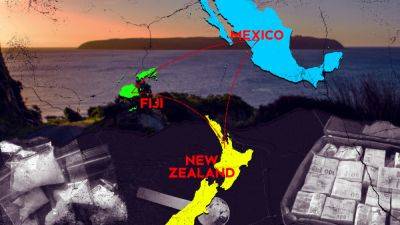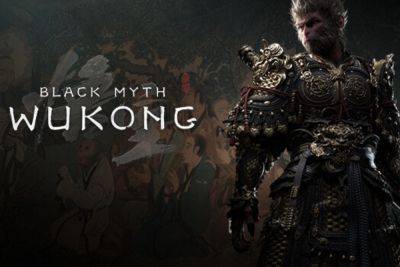Power consolidation and reorganisation à la Jokowi
August 30, 2024
JAKARTA – Over the course of a decade, from 2014 to the end of his term in 2024, President Joko “Jokowi” Widodo has overseen significant transformations in Indonesia’s political power structure. Jokowi, initially known as a grassroots figure who rose from humble beginnings, has successfully built a political force that not only endures but also dominates.
Behind this achievement lies a meticulous and systematic strategy of power consolidation, which has drawn the attention of political analysts both domestically and internationally.
Jokowi began his administration with a foundational strategy rooted in the principle of broad coalition-building. By adopting an approach reminiscent of Lijphart’s “presidential coalition” model, Jokowi embraced major political parties such as the Indonesian Democratic Party of Struggle (PDI-P), the NasDem Party and the National Awakening Party (PKB). Later on, almost all parties joined his ruling coalition.
Although his relationship with the PDI-P has since become strained, the large coalition, known as the Onward Indonesia Coalition (KIM) Plus, remains aligned with the outgoing president. This approach was not merely to secure legislative support but also to minimize potential opposition that could threaten the stability of his administration.
The coalition Jokowi built became not only the foundation of political power but also a means of reorganizing political forces in Indonesia. Political analyst William Liddle once noted that “an oversized coalition has the potential to create power that is difficult to oppose”. This view was seemingly well-adopted by Jokowi, whose grand coalition has rendered the opposition increasingly weak and nearly ineffective.
In political theory,







